Home>Articles>What Are The Different Types Of Arc Fault Breakers
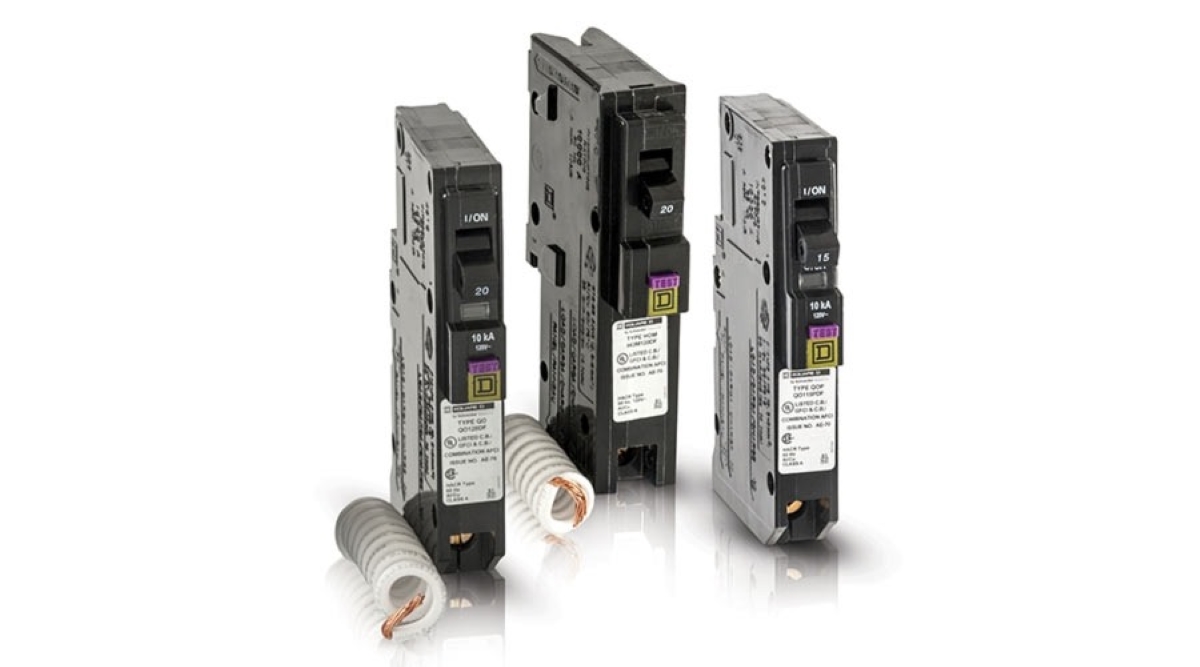

Articles
What Are The Different Types Of Arc Fault Breakers
Modified: April 22, 2024
Discover the importance of arc fault breakers in preventing electrical fires. Read informative articles on the benefits and installation of these essential electrical safety devices.
(Many of the links in this article redirect to a specific reviewed product. Your purchase of these products through affiliate links helps to generate commission for Storables.com, at no extra cost. Learn more)
Introduction
Welcome to the world of electrical safety! In today’s modern age, we rely heavily on electricity to power our homes, offices, and industries. With the increasing demand for electricity, it becomes crucial to implement safety measures to prevent electrical hazards. One such safety measure is the installation of arc fault breakers.
Arc fault breakers play a vital role in protecting electrical systems from potential fire hazards caused by arcing faults. These faults occur when there is a breakdown in the insulation of electrical wires or connections, leading to the creation of an arc. Arcing can happen due to various reasons, such as damaged wires, loose connections, or faulty appliances. These arcs can generate high temperatures, sparks, and molten metal, which can easily ignite surrounding flammable materials.
Understanding the importance of arc fault breakers requires knowledge of how arcs can lead to electrical fires. In the absence of protection, an unnoticed arc can smolder for an extended period, gradually building up heat and potentially causing a fire. This is where arc fault breakers step in.
By constantly monitoring electrical circuits for potential arcing faults, arc fault breakers can quickly detect irregular patterns and interrupt the flow of electricity, preventing the arcs from turning into hazardous fires. These specialized circuit breakers have the ability to sense the unique signatures of arcing faults, differentiating them from normal electrical conditions, such as momentary power fluctuations or switches being turned on and off.
Installing arc fault breakers goes beyond just compliance with electrical codes; it is a proactive measure to safeguard lives and property. In the United States, the National Electrical Code (NEC) now mandates the use of arc fault breakers for certain areas in residential buildings. This code update reflects the recognized importance of arc fault breakers in preventing electrical fires.
However, despite their importance, there are still common myths and misconceptions surrounding arc fault breakers. Some people may question their effectiveness or consider them to be unnecessary. In this article, we will debunk these misconceptions, shed light on the benefits of arc fault breakers, explore the different types available, and provide guidelines for their installation and maintenance.
So, join us on this enlightening journey as we delve deeper into the world of arc fault breakers and discover the reasons why they are a crucial component in ensuring electrical safety.
Key Takeaways:
- Arc fault breakers are crucial for preventing electrical fires by swiftly detecting and interrupting arcing faults, providing enhanced protection beyond standard circuit breakers.
- Understanding the significance of arc fault breakers and adhering to installation and maintenance guidelines ensures the highest level of electrical safety, offering peace of mind and compliance with codes.
Read more: What Do Arc Fault Breakers Do
Understanding Arc Fault Breakers
Arc fault breakers are specialized electrical devices designed to detect and protect against arcing faults in electrical circuits. As mentioned earlier, arcing faults occur when there is a breakdown in the insulation of wires or connections, resulting in the formation of an electric arc. These arcs can generate excessive heat, sparks, and molten metal, posing a high risk of fire.
Unlike standard circuit breakers, which primarily detect overcurrent and short circuit faults, arc fault breakers have advanced circuitry that can specifically detect the unique signatures of arcing faults. This allows them to identify potentially hazardous conditions and interrupt the flow of electricity to prevent fires from occurring.
One of the key components of an arc fault breaker is the arc fault detection circuitry. This circuitry continuously monitors the electrical waveforms in the circuit and analyzes them for characteristic patterns of arcing. When an abnormal waveform is detected, indicating the presence of an arc, the breaker is triggered, cutting off the power supply to that circuit.
It is important to note that arc fault breakers are more sensitive and responsive compared to traditional circuit breakers. This is necessary because arcing faults can be subtle and go unnoticed for extended periods, silently posing a fire risk. By swiftly detecting and interrupting these faults, arc fault breakers significantly reduce the chances of electrical fires.
Additionally, arc fault breakers are designed to discriminate between arcing faults and normal electrical operations. This means they can distinguish between genuine arcing faults and situations that may produce a similar waveform, such as switching on or off a light switch. This discrimination feature ensures that the breaker does not trip unnecessarily, minimizing disruptions to the electrical system.
Another significant aspect of understanding arc fault breakers is the difference between series arc faults and parallel arc faults. Series arc faults occur when the arc forms within the conductor itself, typically due to damaged or deteriorated insulation. On the other hand, parallel arc faults occur when the arc forms between two conductors, often caused by loose connections or damaged wires.
Arc fault breakers are designed to detect and protect against both series and parallel arc faults. This comprehensive protection is crucial because both types of faults can lead to severe electrical fires. However, it is worth noting that the detection capabilities of arc fault breakers may differ based on the specific model and technology used.
Now that we have a better understanding of what arc fault breakers are and how they function, let us explore why they are necessary in ensuring electrical safety.
Why Arc Fault Breakers are Necessary
Arc fault breakers are not just an optional add-on to electrical systems; they are a necessary component in ensuring the safety of both residential and commercial buildings. Here are some key reasons why arc fault breakers are necessary:
1. Fire Prevention: Arcing faults are a leading cause of electrical fires. These faults can occur due to various reasons, such as damaged wires, loose connections, faulty appliances, or deteriorated insulation. Arc fault breakers are specifically designed to detect and interrupt these faults, preventing them from escalating into potentially disastrous fires.
2. Electrical Safety Codes: In many countries, including the United States, arc fault breakers are now required by electrical safety codes. These codes are implemented to minimize electrical hazards and protect building occupants from potential harm. Compliance with these codes ensures that buildings meet the highest standards in terms of electrical safety.
3. Enhanced Protection: Traditional circuit breakers are effective at protecting against overcurrent and short circuit faults. However, they may not be able to detect low-level arcing faults, which can still pose a fire risk. Arc fault breakers provide an additional layer of protection by detecting even subtle arcs and promptly cutting off the power supply to prevent fires.
4. Prevention of Electrical System Damage: Arcing faults can cause significant damage to electrical systems over time. When left undetected, these faults can lead to insulation breakdown, corrosion, and overheating of wires, ultimately leading to system failure. Arc fault breakers detect and address these faults early on, preventing costly repairs and ensuring the longevity of your electrical system.
5. Peace of Mind: Knowing that your electrical system is equipped with arc fault breakers can provide peace of mind. It allows you to have confidence in the safety of your home or workplace, ensuring that you and your loved ones are protected from the potential dangers of electrical fires.
6. Insurance Requirements: Many insurance companies today require the installation of arc fault breakers in residential and commercial buildings as a prerequisite for coverage. By complying with these requirements, you not only ensure the safety of your property but also maintain the validity of your insurance coverage.
7. Industry Best Practices: As technology advances and electrical safety standards evolve, the use of arc fault breakers has become a best practice in the industry. By incorporating these devices into your electrical system, you demonstrate a commitment to staying up to date with the latest advancements and ensuring the highest level of safety for your property.
In summary, arc fault breakers are necessary for fire prevention, compliance with electrical codes, enhanced protection, prevention of system damage, peace of mind, insurance requirements, and following industry best practices. By installing arc fault breakers, you prioritize electrical safety and take proactive measures to protect your property and the people within it.
Protecting Against Electrical Fires
Electrical fires pose a significant risk to both residential and commercial properties. They can result in property damage, injuries, and even loss of life. To effectively protect against electrical fires, it is essential to implement preventive measures, and one of the key components in this effort is the use of arc fault breakers. Here’s how these breakers help in protecting against electrical fires:
1. Early Detection and Interruption of Arcing Faults: Arc fault breakers are designed to quickly detect abnormal arcing conditions in electrical circuits. By monitoring the circuit continuously, these specialized devices can identify dangerous arcing faults at their early stages. Once detected, the breaker interrupts the electrical current, preventing the arc from building up heat, sparks, and potentially igniting surrounding materials.
2. Minimization of Fire Spread: Electrical fires can spread rapidly if not promptly controlled. Arc fault breakers help minimize the spread of fires by swiftly cutting off the power supply to the affected circuit. This action prevents the fire from receiving the fuel it needs to continue burning, limiting its potential to cause extensive damage.
3. Protection Against Silent Fire Hazards: One of the most dangerous aspects of electrical fires is that they can smolder silently for extended periods before erupting into a full-blown fire. In many cases, these smoldering fires go unnoticed until it’s too late. Arc fault breakers are designed to detect these hidden arcing faults and interrupt them, preventing them from escalating into dangerous fires.
4. Differentiation of Arc Faults from Normal Electrical Conditions: Arc fault breakers utilize sophisticated technology to differentiate between genuine arcing faults and normal electrical operations. This ensures that the breaker does not trip unnecessarily due to harmless activities like turning on or off a switch. By accurately detecting and responding only to arcing faults, arc fault breakers reduce disruptions while providing vital fire protection.
5. Compliance with Electrical Codes: Many countries have included the use of arc fault breakers as a requirement in electrical codes, particularly in residential buildings. Adhering to these codes ensures that electrical systems are up to date with the latest safety standards, providing a higher level of protection against electrical fires.
6. Prevention of Insulation Breakdown and Wire Damage: Arcing faults can cause insulation breakdown in electrical wires, which can lead to further arcing and potential fire hazards. By promptly detecting these faults and interrupting the electrical current, arc fault breakers prevent the progression of insulation breakdown, minimizing the risk of fires caused by damaged wires.
7. Combination with Other Fire Protection Measures: Arc fault breakers work in conjunction with other fire protection measures, such as smoke detectors and fire extinguishers. By integrating these systems, a comprehensive fire safety strategy can be implemented, providing multiple layers of protection against electrical fires.
Overall, arc fault breakers play a crucial role in protecting against electrical fires. Their early detection and interruption of arcing faults, differentiation from normal electrical conditions, compliance with electrical codes, and prevention of insulation breakdown contribute to a safer environment. By installing and maintaining arc fault breakers, you take a proactive step towards minimizing the risk of electrical fires and safeguarding your property and the people within it.
Code Requirements for Arc Fault Breakers
Electrical safety codes are established to ensure that buildings meet specified standards for electrical installation and operation. Over the years, these codes have been updated to prioritize the prevention of electrical hazards, including the risk of electrical fires. As a result, many countries, including the United States, have implemented code requirements for the use of arc fault breakers. Understanding these requirements is essential for compliance and ensuring maximum safety. Here are the code requirements for arc fault breakers:
1. National Electrical Code (NEC): In the United States, the National Electrical Code (NEC) sets the standard for electrical safety practices. The NEC includes regulations related to arc fault protection to mitigate the risk of electrical fires. These regulations are periodically updated to reflect advancements in technology and safety measures.
2. Residential Buildings: The NEC requires the use of arc fault breakers in certain areas of residential buildings. Since 2002, all bedrooms in new construction and additions are required to have arc fault protection. Furthermore, kitchen and laundry circuits are included in the code for arc fault breaker protection in newer dwellings.
3. Commercial Buildings: While the NEC primarily focuses on residential buildings, arc fault protection is also recommended in certain areas of commercial buildings. For example, areas with high fire risk, such as electrical rooms, electrical closets, and data centers, may require the use of arc fault breakers based on local jurisdictional requirements and building codes.
4. Combination AFCI Breakers: The NEC specifies the use of Combination Arc Fault Circuit Interrupter (AFCI) breakers. These breakers provide protection against both parallel and series arcing faults, making them more comprehensive in their coverage. Combination AFCI breakers are designed to detect the unique signatures of arcing faults and provide a higher level of safety compared to standard circuit breakers.
5. Updates to the NEC: It’s important to stay informed about updates to the NEC and other relevant electrical codes. These updates may include changes to the areas requiring arc fault protection, advancements in technology, and improvements in safety measures. Keeping up to date with the latest code requirements ensures that electrical installations are in compliance and provide optimal protection against electrical fires.
Remember that code requirements may vary depending on the country, state, or local jurisdiction. It is crucial to consult with a licensed electrician or electrical inspector to understand the specific code requirements applicable to your location and building type.
By adhering to code requirements for arc fault breakers, you are not only meeting legal obligations but also ensuring a higher level of safety in your electrical system. Compliance with electrical codes improves the overall fire safety of buildings and helps protect occupants from potential electrical hazards.
Arc fault breakers are required in bedrooms, living rooms, and other areas where electrical fires are a concern. They help prevent fires by detecting dangerous electrical arcs and shutting off power.
Read more: Where Are Arc Fault Breakers Required?
Common Myths and Misconceptions
When it comes to arc fault breakers, there are several common myths and misconceptions that can lead to misunderstandings about their effectiveness and necessity. It is important to separate fact from fiction to make informed decisions about electrical safety. Let’s debunk some of these common myths:
Myth 1: “Arc fault breakers are unnecessary because standard circuit breakers already provide protection.”
Fact: While standard circuit breakers protect against overcurrent and short circuit faults, they are not designed to detect low-level arcing faults. Arc fault breakers have specialized circuitry that can specifically detect and interrupt arcing faults, providing an additional layer of protection against electrical fires.
Myth 2: “Arc fault breakers frequently trip unnecessarily, causing inconvenience.”
Fact: Arc fault breakers are designed to differentiate between genuine arcing faults and normal electrical conditions, such as switching on or off a light switch. They utilize advanced technology to accurately detect arcing faults and minimize false trips. It is essential to install high-quality arc fault breakers and adhere to proper installation guidelines to ensure optimal performance.
Myth 3: “Arc fault breakers are expensive and not worth the investment.”
Fact: While arc fault breakers may have a higher upfront cost compared to standard circuit breakers, they provide invaluable protection against electrical fires. The potential cost of property damage, injuries, and loss of life due to an electrical fire far outweighs the investment in arc fault breakers. Additionally, the cost of arc fault breakers has decreased over time, making them more accessible and affordable.
Myth 4: “Arc fault breakers are only required for new construction.”
Fact: While arc fault breakers are commonly required in new construction, they may also be mandated for renovations, additions, and certain areas of existing buildings. Compliance with electrical codes ensures that buildings meet the latest safety standards, regardless of whether they are newly constructed or undergoing modifications.
Myth 5: “Arc fault breakers are not effective against electrical fires.”
Fact: Arc fault breakers are specifically designed to detect and interrupt arcing faults, which are a leading cause of electrical fires. These specialized devices have proven to be effective in preventing electrical fires and reducing their potential damage. By promptly detecting and interrupting arcing faults, arc fault breakers significantly enhance fire safety.
Myth 6: “Arc fault breakers can be installed by anyone without professional assistance.”
Fact: Proper installation and maintenance of arc fault breakers require the expertise of a licensed electrician. It is crucial to follow the manufacturer’s guidelines and electrical codes during installation to ensure optimal performance and compliance.
By dispelling these myths, we can better understand the importance and effectiveness of arc fault breakers. These devices provide crucial protection against electrical fires and play a vital role in ensuring electrical safety in residential and commercial buildings.
Benefits of Installing Arc Fault Breakers
Installing arc fault breakers in your electrical system offers a range of benefits that go beyond just compliance with codes and regulations. These specialized devices provide enhanced safety and peace of mind, ensuring that you have robust protection against electrical fires. Here are some of the key benefits of installing arc fault breakers:
1. Fire Prevention: Arc fault breakers are specifically designed to detect and interrupt arcing faults, which are a common cause of electrical fires. By swiftly detecting these faults and cutting off the electrical current, arc fault breakers prevent the arcing from escalating into dangerous fires, helping to safeguard your property and the lives of occupants.
2. Enhanced Electrical Safety: Standard circuit breakers primarily protect against overcurrent and short circuit faults. Arc fault breakers provide an additional layer of safety by detecting low-level arcing faults that standard breakers may overlook. This comprehensive protection ensures that your electrical system is safeguarded against a wide range of electrical hazards.
3. Compliance with Electrical Codes: Many countries have incorporated the use of arc fault breakers into their electrical codes. By installing these devices, you ensure compliance with these codes, demonstrating your commitment to electrical safety and meeting the required standards for electrical installations.
4. Prevention of Arcing Fault Damage: Arcing faults can cause damage to electrical wires and devices over time. These faults can lead to insulation breakdown, overheating, and corrosion of wiring, which can ultimately result in system failure. By promptly detecting and interrupting arcing faults, arc fault breakers prevent further damage to your electrical system, extending its lifespan and reducing the need for costly repairs.
5. Reduction of False Trips: Arc fault breakers are designed to differentiate between genuine arcing faults and normal electrical conditions, such as the switching on or off of a light switch. This discrimination capability minimizes false trips, allowing your electrical system to operate smoothly without unnecessary interruptions. This ensures convenience and reduces disruptions to your daily activities.
6. Early Detection of Hidden Faults: Electrical fires can smolder silently for long periods before becoming apparent. Arc fault breakers have the ability to detect these hidden arcing faults early on, preventing them from developing into full-blown fires. Early detection and intervention significantly increase the chances of minimizing damage and protecting lives.
7. Added Layer of Protection: Arc fault breakers work alongside other safety devices, such as smoke detectors and fire suppression systems, to provide comprehensive protection against electrical fires. By integrating these systems, you create multiple layers of protection, significantly increasing the overall safety of your property.
8. Insurance Premium Discounts: Some insurance companies offer premium discounts for properties equipped with arc fault breakers. This discount is a result of the increased safety provided by these devices, which reduces the likelihood of electrical fires and subsequent damage. Contact your insurance provider to inquire about potential discounts available for installing arc fault breakers.
9. Peace of Mind: Ultimately, installing arc fault breakers gives you peace of mind. You can rest assured that you have taken proactive steps to safeguard your property and the people within it. Knowing that you have implemented additional protection against electrical fires brings a sense of reassurance and confidence.
By understanding and appreciating the numerous benefits of installing arc fault breakers, you can make an informed decision to prioritize electrical safety and protect your property and loved ones from potential electrical fire hazards.
Types of Arc Fault Breakers
Arc fault breakers come in different types, each designed to provide protection against arcing faults in specific electrical systems and applications. Understanding these types can help you choose the most suitable breaker for your needs. Here are the common types of arc fault breakers:
1. Outlet Arc Fault Circuit Interrupters (AFCIs): Outlet AFCIs, as the name suggests, are installed at the electrical outlet or receptacle. They provide protection specifically for the outlets they are connected to. Outlet AFCIs detect arcing faults that may occur downstream from the outlet and promptly interrupt the flow of electricity to prevent fires. These breakers are commonly used in residential buildings and are a cost-effective option for improving electrical safety.
2. Combination Arc Fault Circuit Interrupters (AFCIs): Combination AFCIs are designed to protect entire circuits rather than just specific outlets. They provide comprehensive protection against both series and parallel arcing faults. Combination AFCIs are typically installed in the main electrical panel of a building and monitor the entire circuit for signs of arcing. These breakers have advanced circuitry that allows them to differentiate between harmless electrical activities and dangerous arcing faults, minimizing false trips.
3. Branch/Feeder Arc Fault Circuit Interrupters (AFCIs): Branch/feeder AFCIs are installed at the origin of a branch or feeder circuit. They protect multiple outlets or devices connected to a single circuit. These breakers monitor the current and voltage levels in the branch or feeder circuit and detect any abnormal arcing conditions. Branch/feeder AFCIs provide the flexibility of protecting multiple outlets or devices on a single circuit, making them suitable for applications where individual outlet-level protection may not be practical.
4. Combination Arc Fault/Ground Fault Circuit Interrupters (AFCI/GFCI): Combination AFCI/GFCI breakers offer a combination of arc fault and ground fault protection. These breakers provide comprehensive protection against both arcing and ground faults. Ground faults occur when an electrical current leaks to the ground, potentially leading to electrical shocks or electrocution. Combination AFCI/GFCI breakers are commonly used in areas with water presence or where electrical equipment is susceptible to ground faults, such as bathrooms, kitchens, and outdoor outlets.
5. Digital Arc Fault Detectors: Digital arc fault detectors are advanced devices that provide highly sensitive and accurate detection of arcing faults. These detectors use advanced algorithms and digital signal processing to analyze electrical waveforms and detect arcing faults with great precision. They are commonly used in commercial and industrial applications where early detection of arcing faults is crucial to prevent potential fires and equipment damage.
It is important to choose the appropriate type of arc fault breaker based on the specific application and requirements. Consulting with a licensed electrician can help determine the right type of breaker for your electrical system. Installing the correct type ensures maximum protection against arcing faults and enhances the overall safety of your electrical system.
Installation and Maintenance Guidelines
Proper installation and maintenance of arc fault breakers are crucial for their optimal performance and longevity. Here are some important guidelines to follow during installation and maintenance:
1. Installation:
- Hire a Licensed Electrician: It is recommended to hire a licensed electrician with experience in installing arc fault breakers. They have the knowledge and expertise to ensure safe and proper installation.
- Follow Manufacturer’s Instructions: Read and follow the manufacturer’s instructions carefully during installation. Each arc fault breaker model may have specific installation requirements.
- Proper Wiring: Ensure that the wiring is correctly connected according to the manufacturer’s guidelines. Tighten all terminal connections securely to prevent loose connections or arcing.
- Combine with Proper Grounding: Ensure that the arc fault breaker is properly grounded. A reliable grounding system is essential for the efficient operation of the breaker and overall electrical safety.
- Label the Breaker: Clearly label the arc fault breaker in the electrical panel to indicate its purpose. This will help with identification and future maintenance.
2. Regular Maintenance:
- Visual Inspection: Conduct regular visual inspections of the arc fault breaker to check for any signs of damage, wear, or corrosion. Any physical abnormalities should be addressed promptly.
- Test Functionality: Test the functionality of the arc fault breaker regularly, following the manufacturer’s recommendations. This may involve using the test button on the breaker to simulate an arcing fault and ensure proper response.
- Keep Clear of Obstructions: Ensure that the area around the arc fault breaker is clear of obstructions, such as debris or boxes. This allows for proper ventilation and prevents overheating of the breaker.
- Monitor Tripping Frequency: Note the frequency of tripping events. If the arc fault breaker is tripping frequently without any apparent issues, it may indicate an underlying electrical problem that needs to be addressed by a professional.
3. Replacement:
- Properly Dispose of Old Breakers: If replacing an arc fault breaker, ensure that the old breaker is safely disposed of according to local regulations. Contact your local recycling center or waste management facility for the proper disposal methods.
- Choose Compatible Replacement: When replacing an arc fault breaker, select a compatible replacement that meets the electrical requirements and specifications of your system. Consult with a licensed electrician if you are unsure.
- Proper Installation of Replacement: Follow the same installation guidelines mentioned earlier when installing the replacement arc fault breaker. Properly connect the wiring and ensure grounding is correctly established.
Remember, safety should always be the top priority when working with electrical systems. If you are uncertain about installation or maintenance procedures, it is best to consult with a licensed electrician who can provide expert advice and assistance. By following these guidelines, you can ensure that your arc fault breakers are installed correctly and maintained effectively, providing reliable protection against electrical fires.
Conclusion
Arc fault breakers are a crucial component in ensuring electrical safety and protecting against the devastating effects of electrical fires. By detecting and interrupting arcing faults, these specialized devices provide a proactive approach to prevent fires caused by electrical system malfunctions. Understanding the significance of arc fault breakers and debunking common myths surrounding them is essential for making informed decisions about electrical safety.
By installing arc fault breakers, you not only comply with electrical codes but also gain numerous benefits. These breakers offer enhanced fire prevention by swiftly detecting arcing faults and halting the progression of electrical fires. They provide comprehensive protection, distinguishing between genuine faults and benign electrical activities. Furthermore, arc fault breakers ensure compliance with electrical codes, prevent damage to electrical systems, minimize false trips, and offer peace of mind.
Proper installation and regular maintenance are crucial for the optimal performance and longevity of arc fault breakers. Hiring a licensed electrician and following manufacturer’s instructions during installation ensures safe and secure wiring connections. Regular inspections, testing, and keeping the area around the breakers clear of obstructions are essential maintenance practices. When replacing arc fault breakers, proper disposal of old breakers and selecting compatible replacements are important considerations.
It is important to remember that code requirements and regulations may vary depending on the country, state, or local jurisdiction. Consulting with a licensed electrician or electrical inspector is crucial to ensure compliance with specific code requirements applicable to your location.
In conclusion, arc fault breakers are an essential component in electrical safety, protecting against electrical fires and providing peace of mind. By understanding their importance, adhering to installation and maintenance guidelines, and following electrical codes, you can ensure the highest level of protection for your property and the people within it. Investing in arc fault breakers is an investment in the safety and well-being of your electrical system.
Frequently Asked Questions about What Are The Different Types Of Arc Fault Breakers
Was this page helpful?
At Storables.com, we guarantee accurate and reliable information. Our content, validated by Expert Board Contributors, is crafted following stringent Editorial Policies. We're committed to providing you with well-researched, expert-backed insights for all your informational needs.
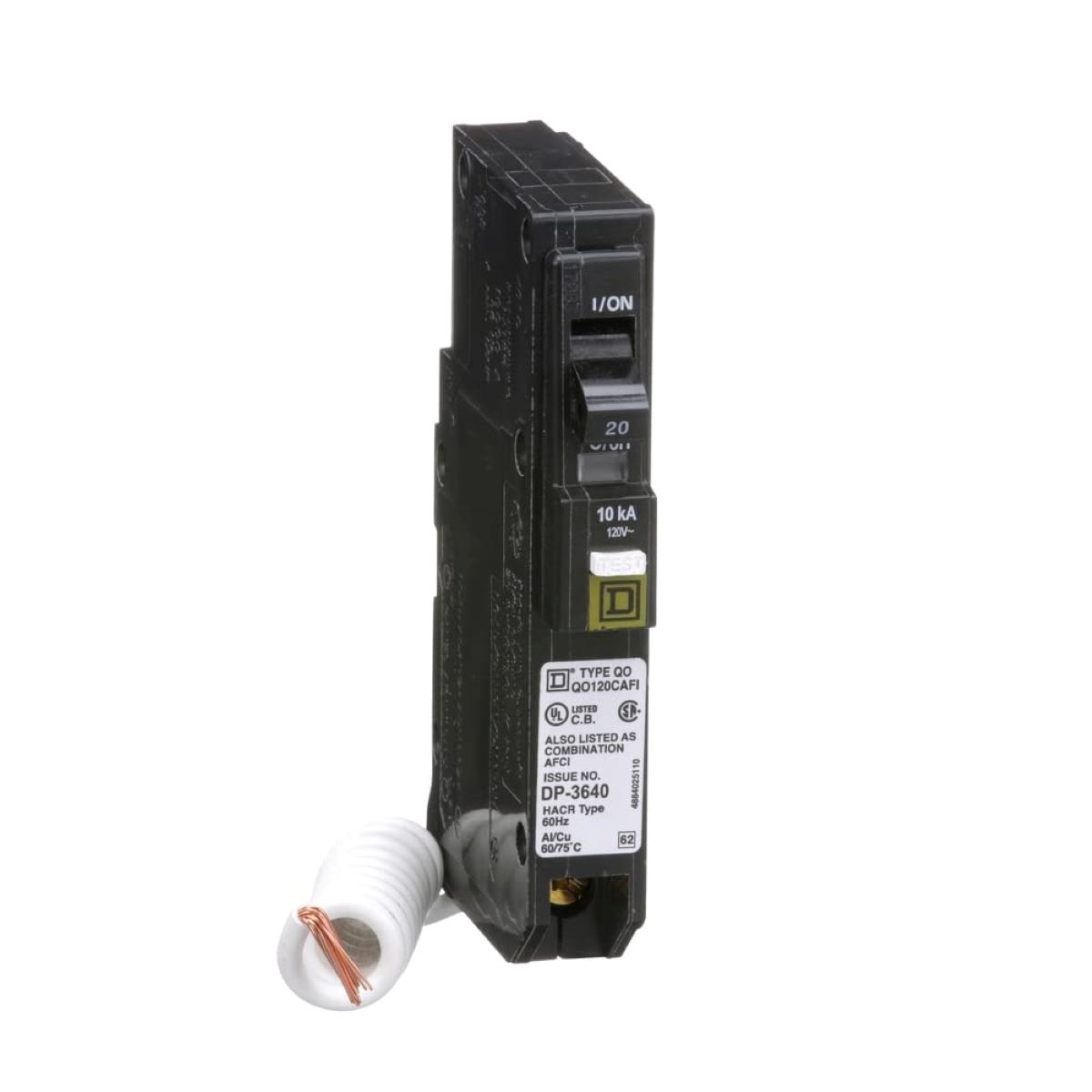
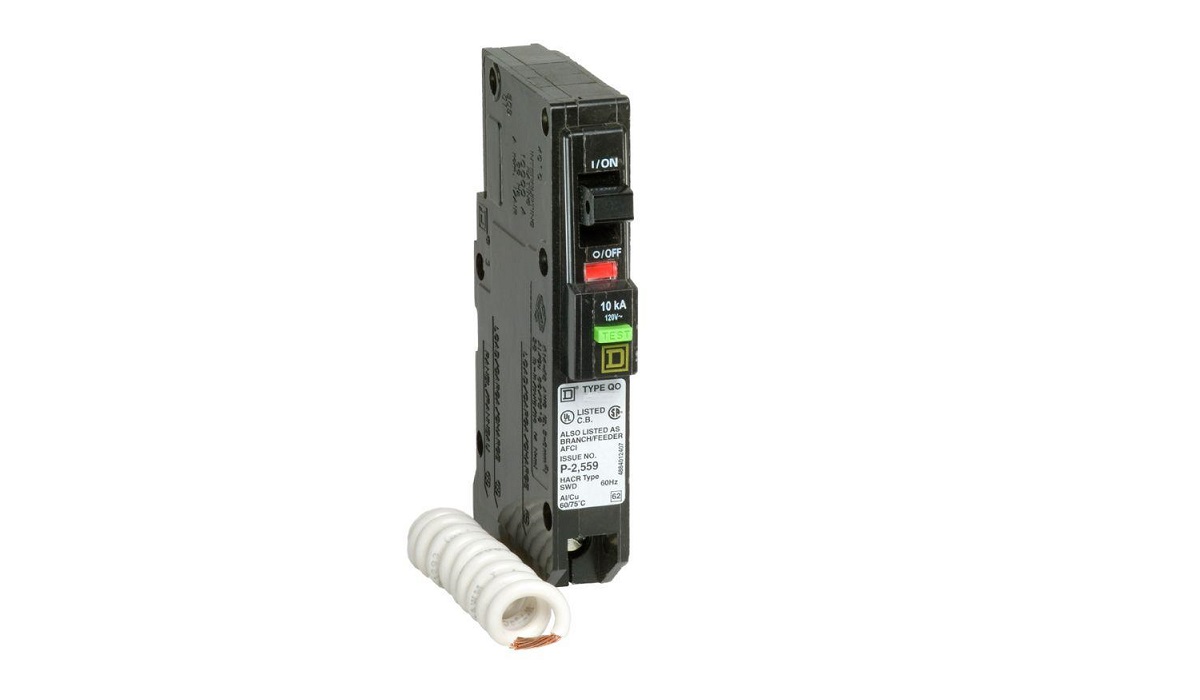
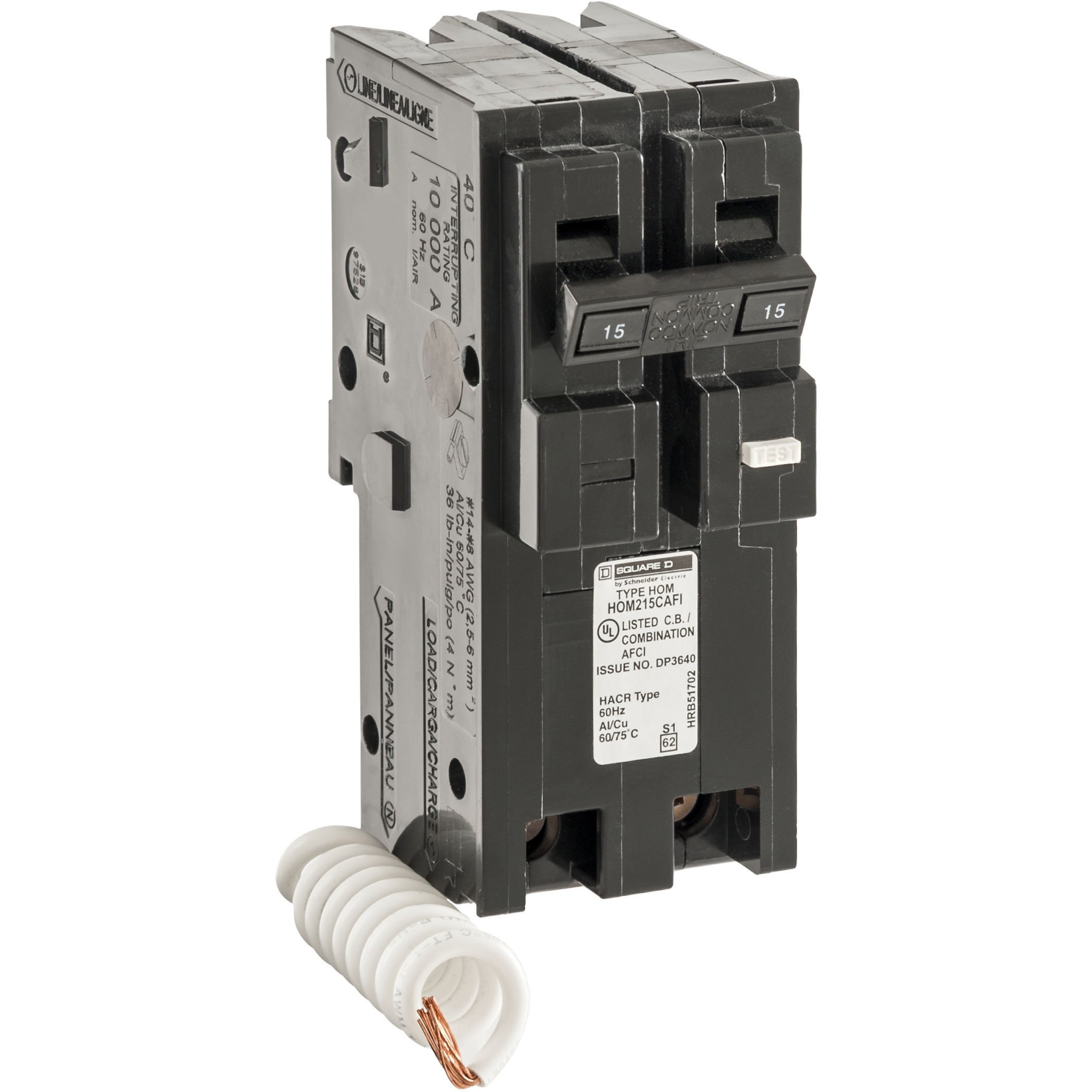
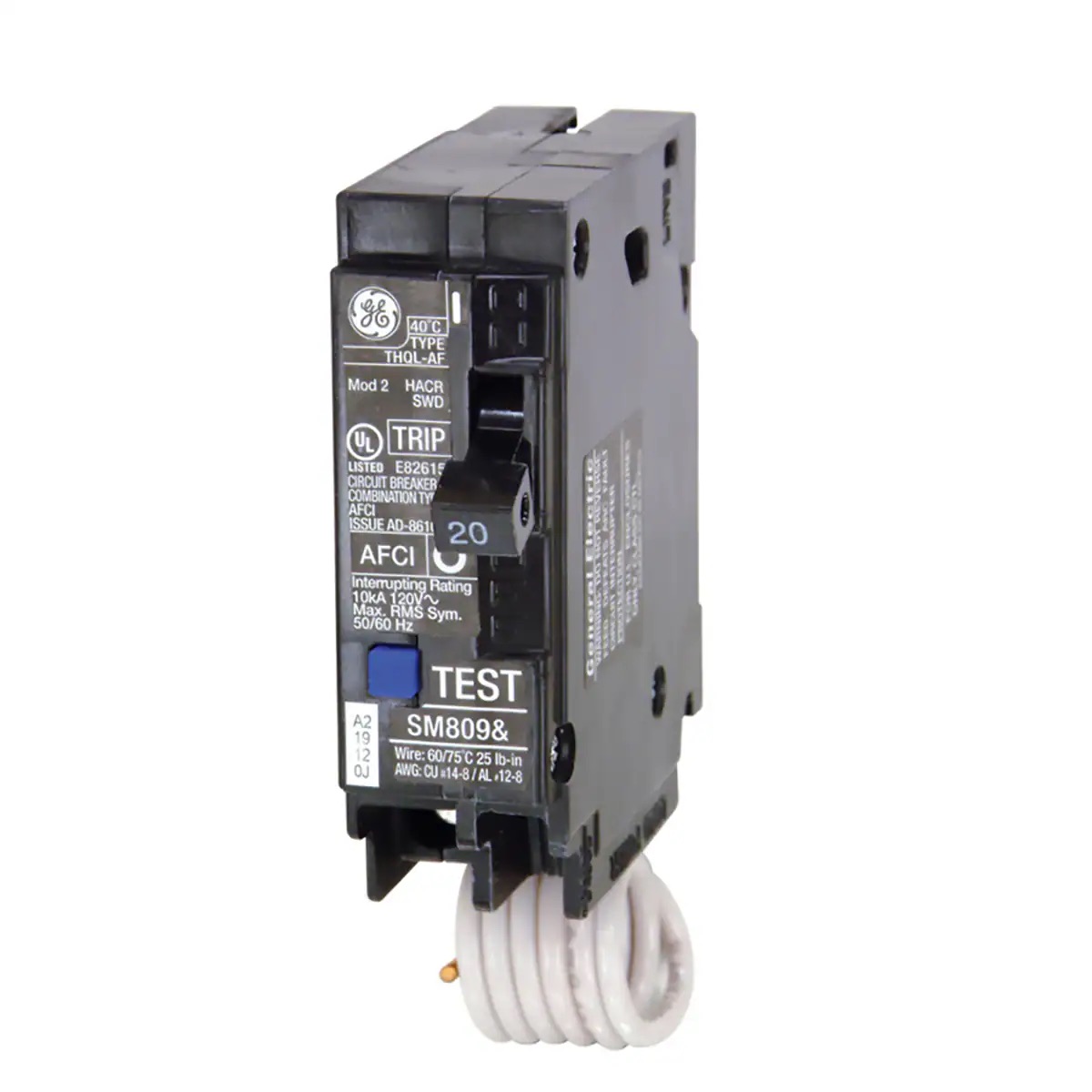
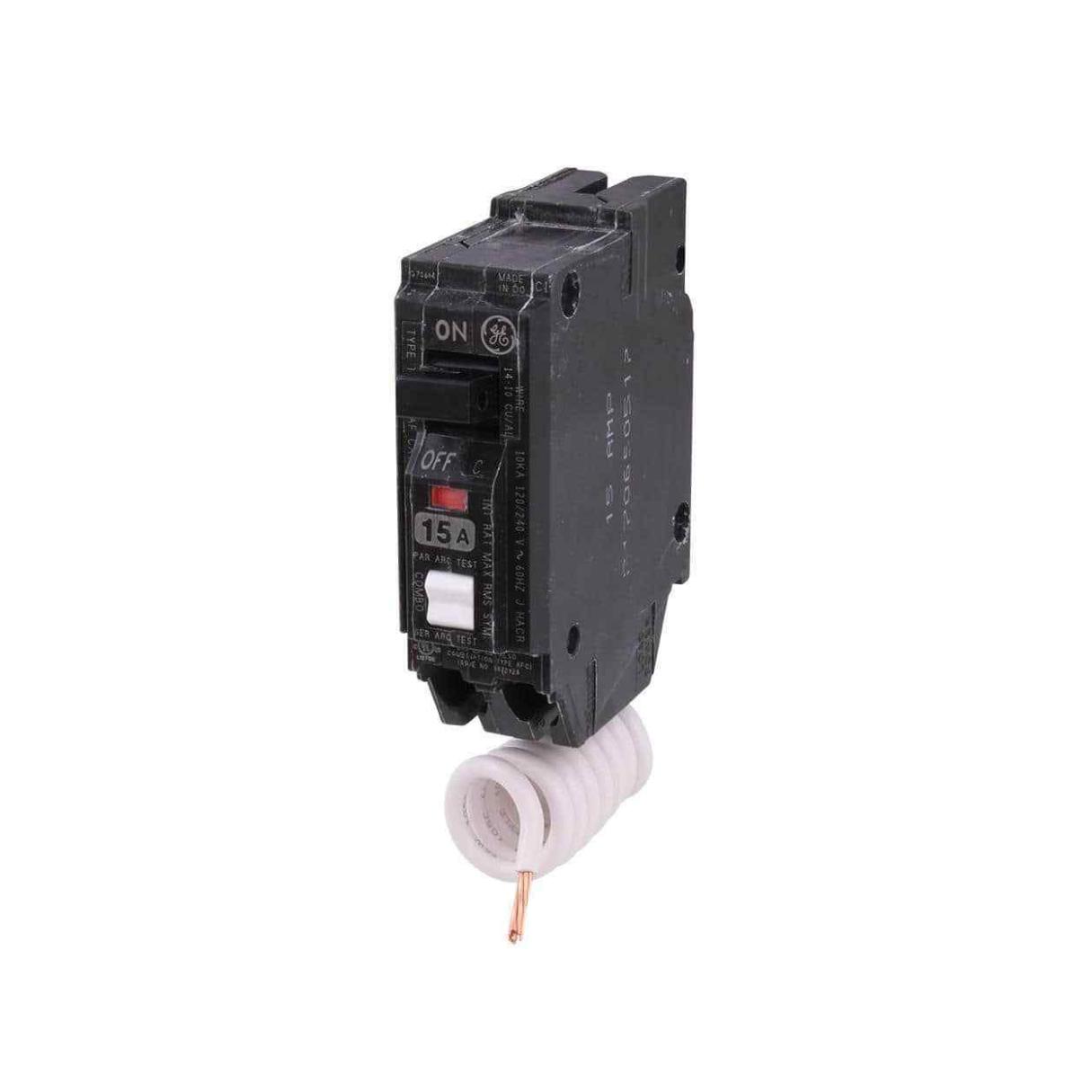
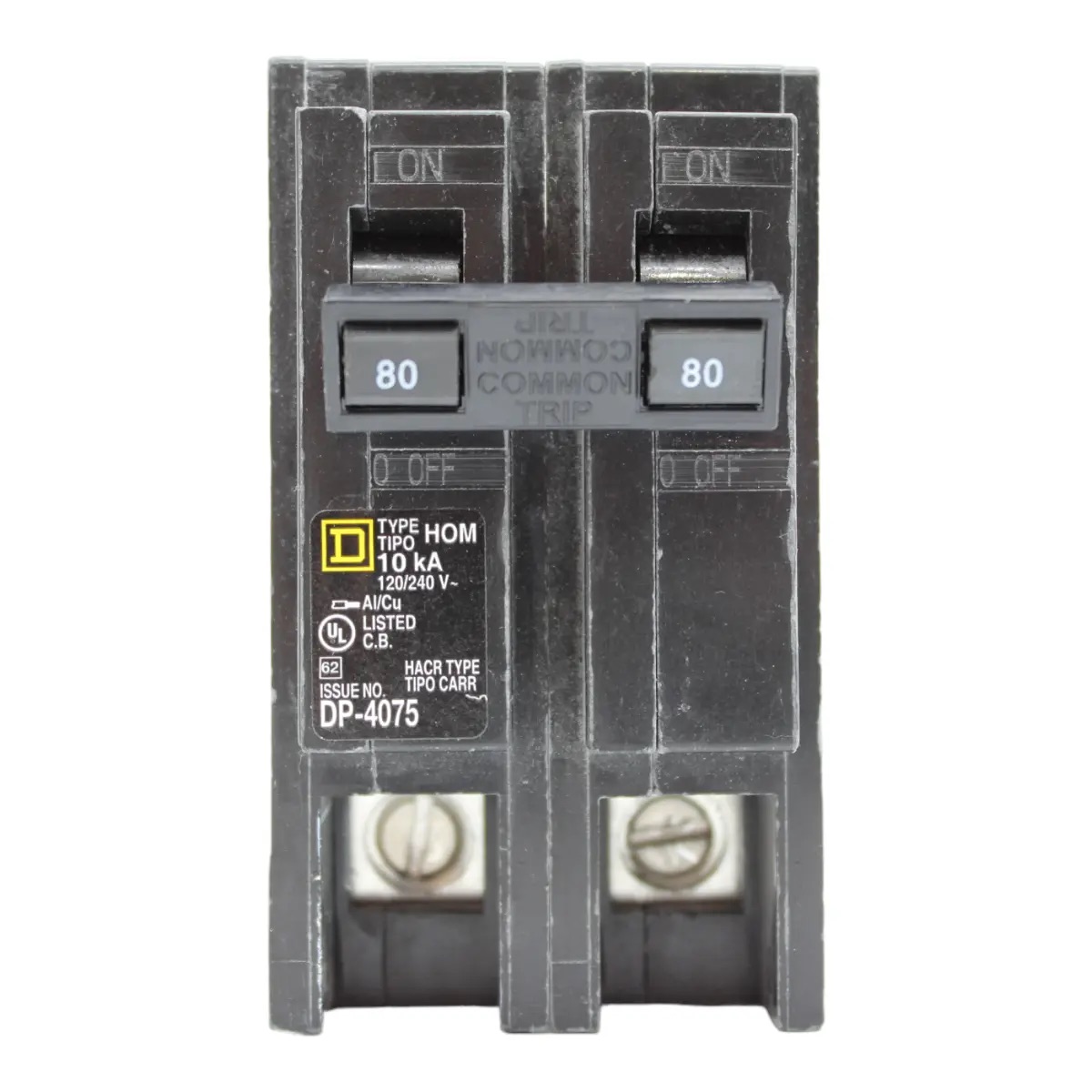
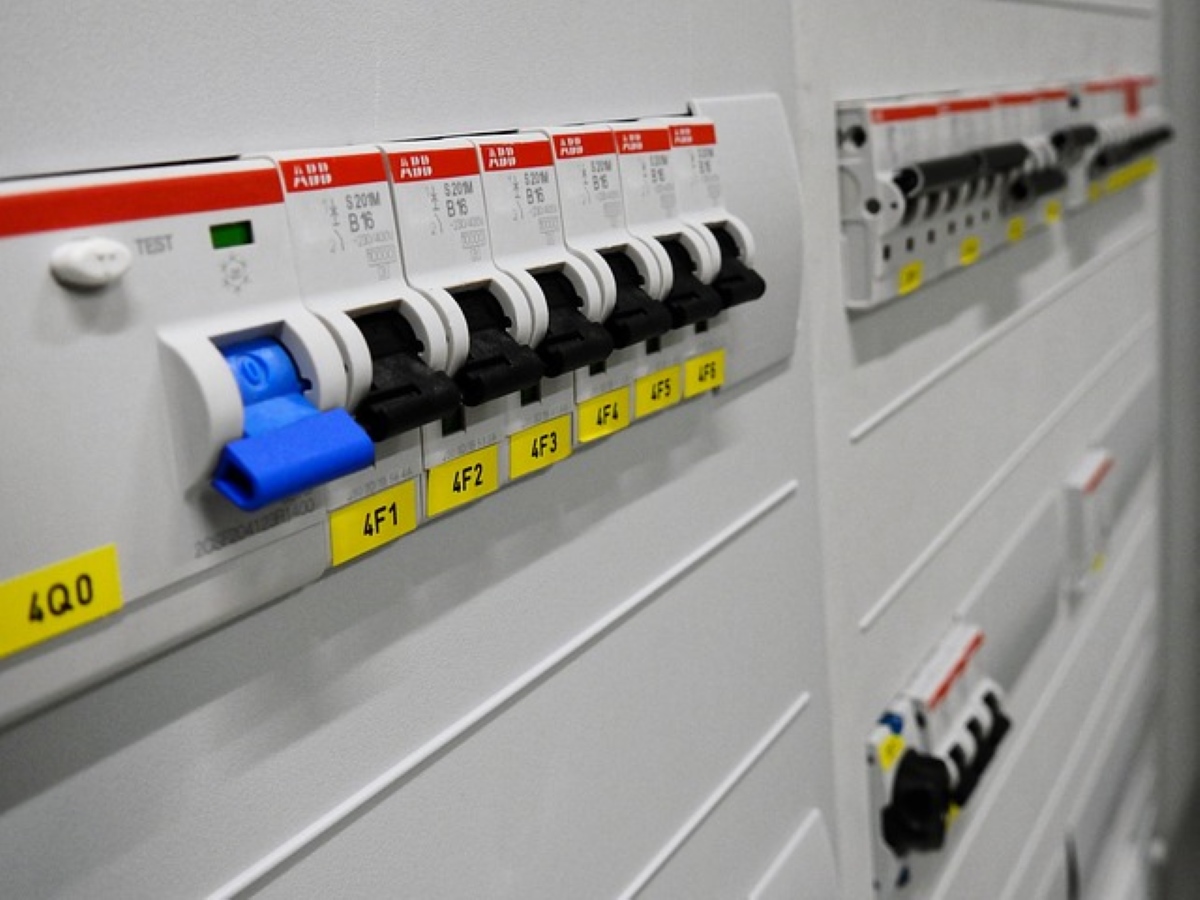
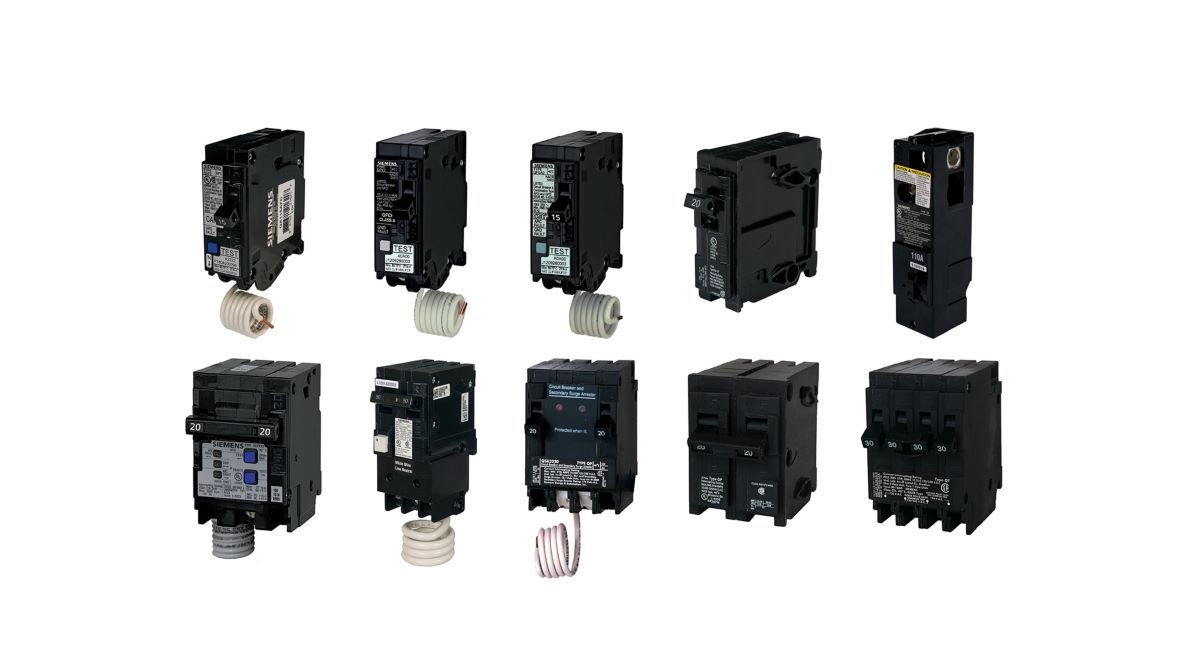






0 thoughts on “What Are The Different Types Of Arc Fault Breakers”